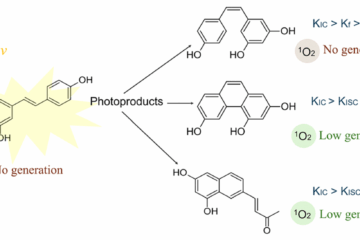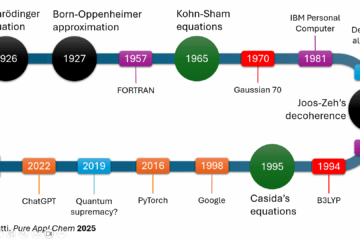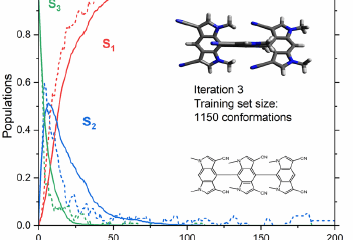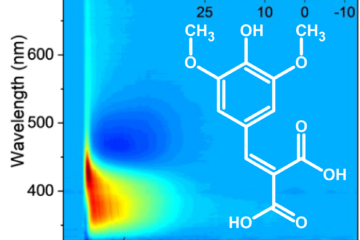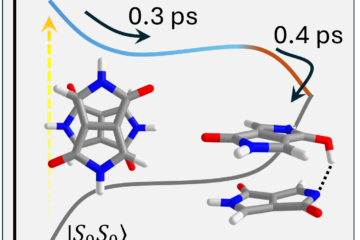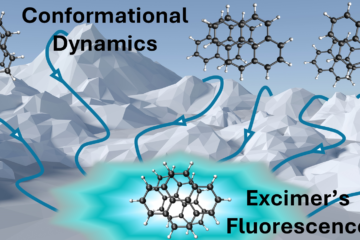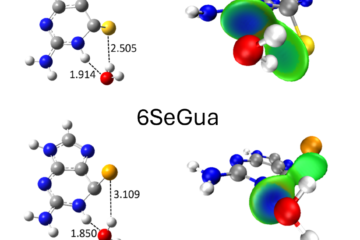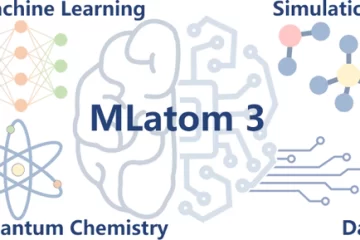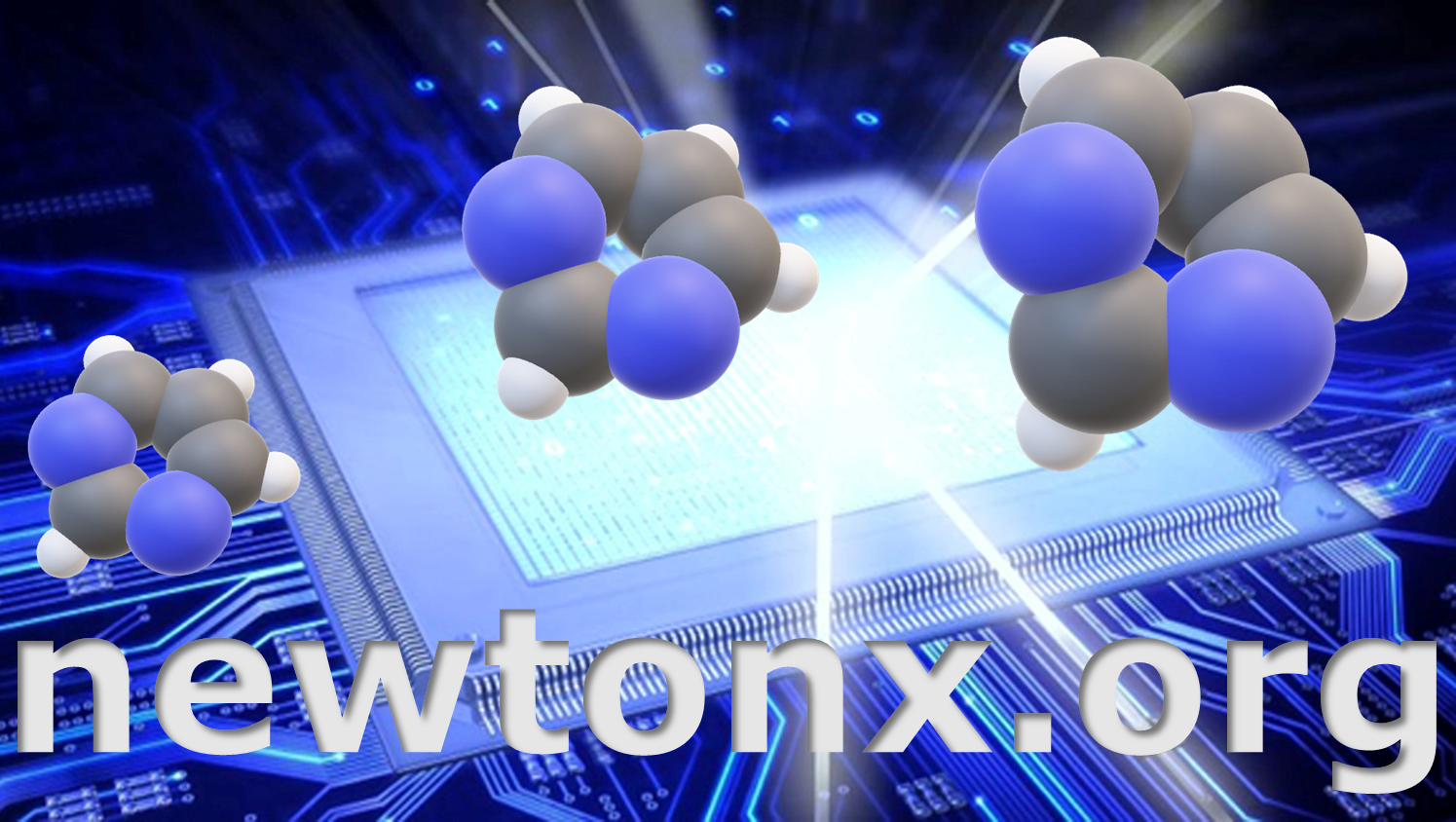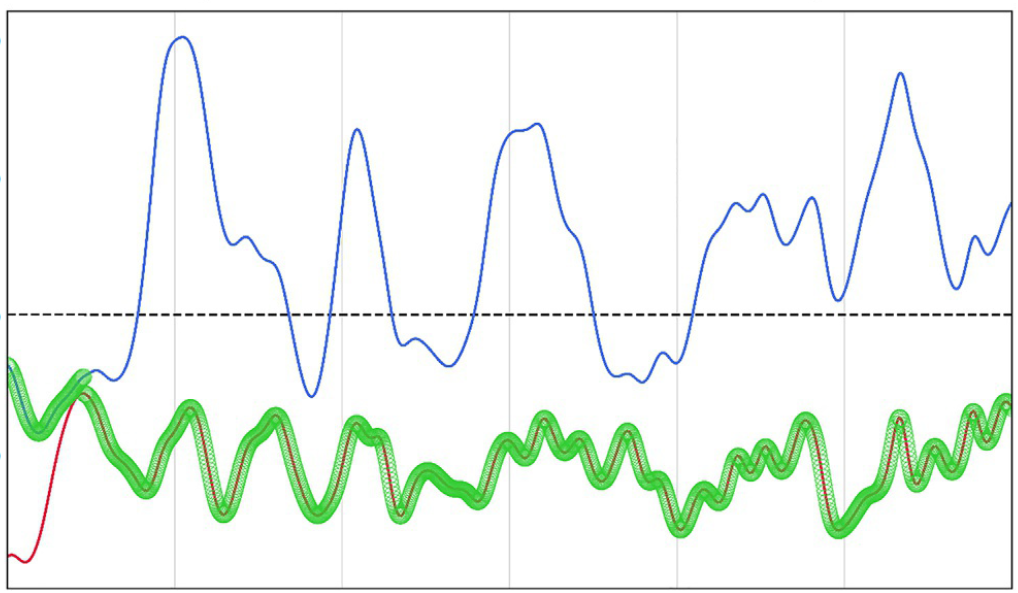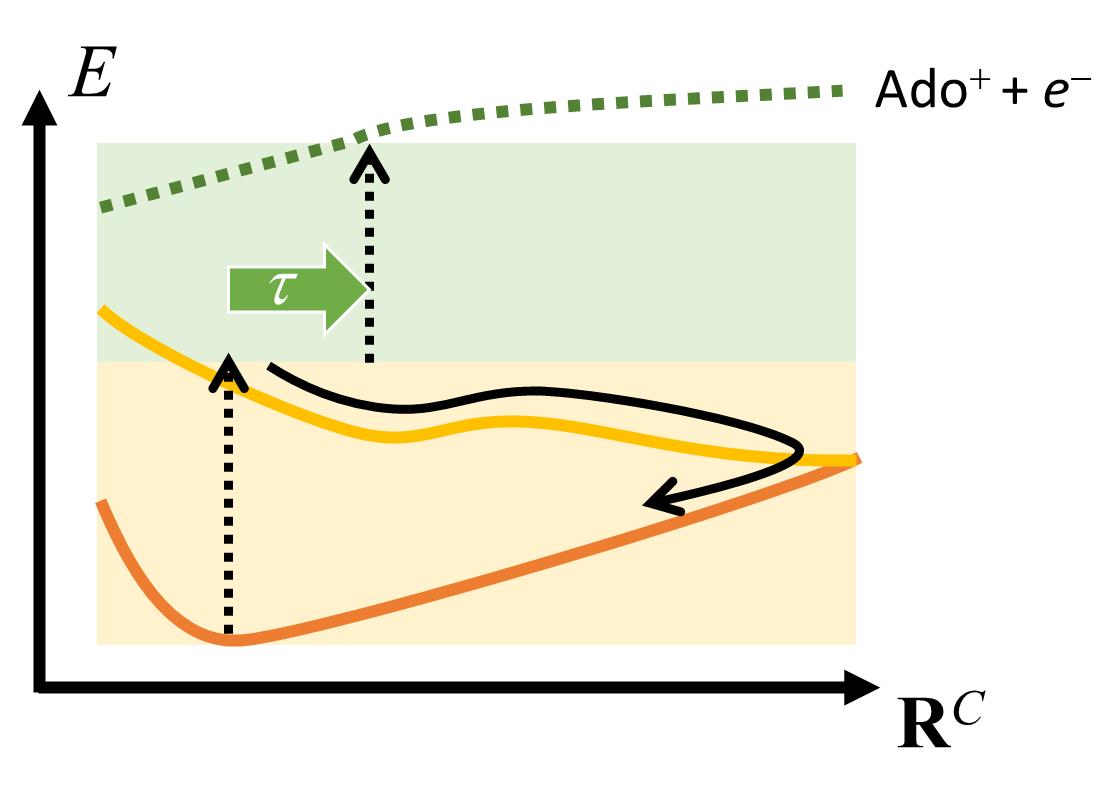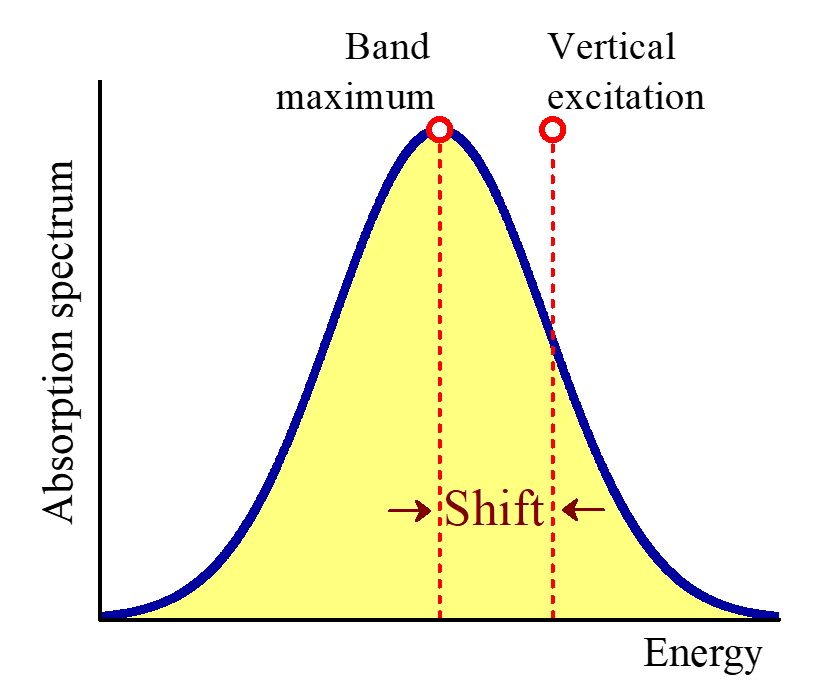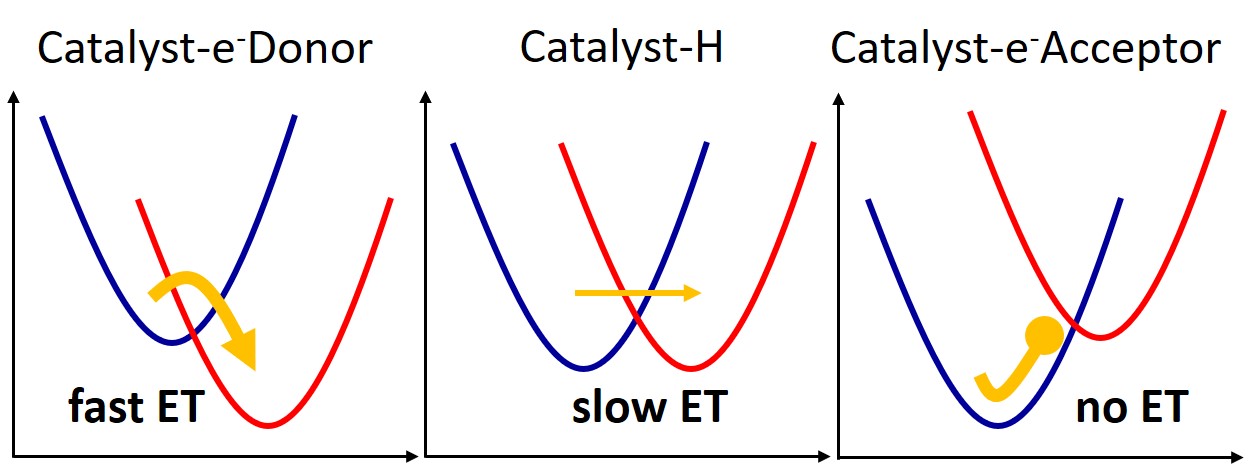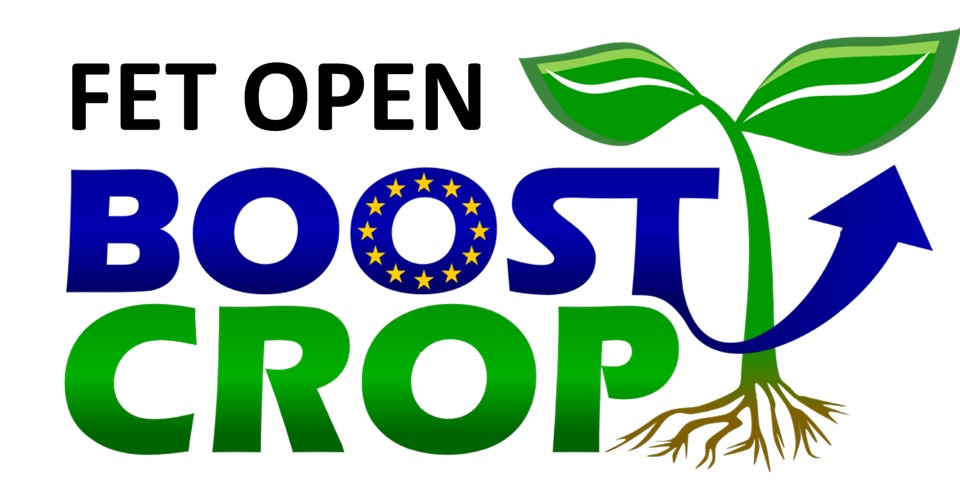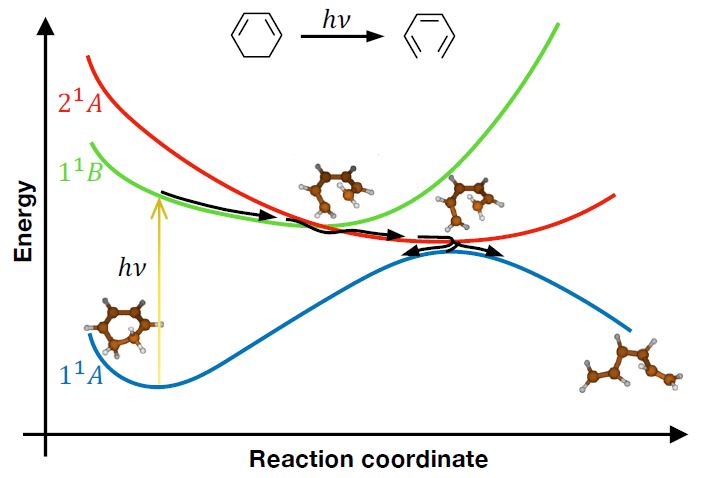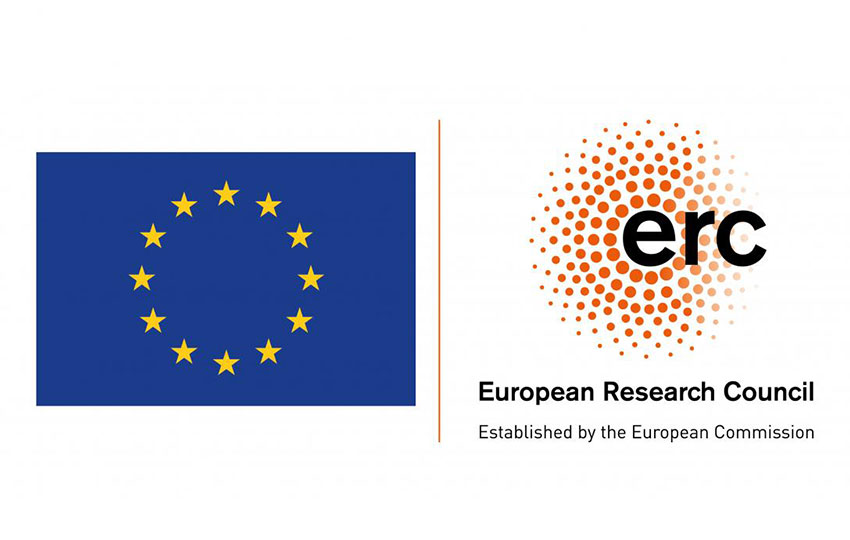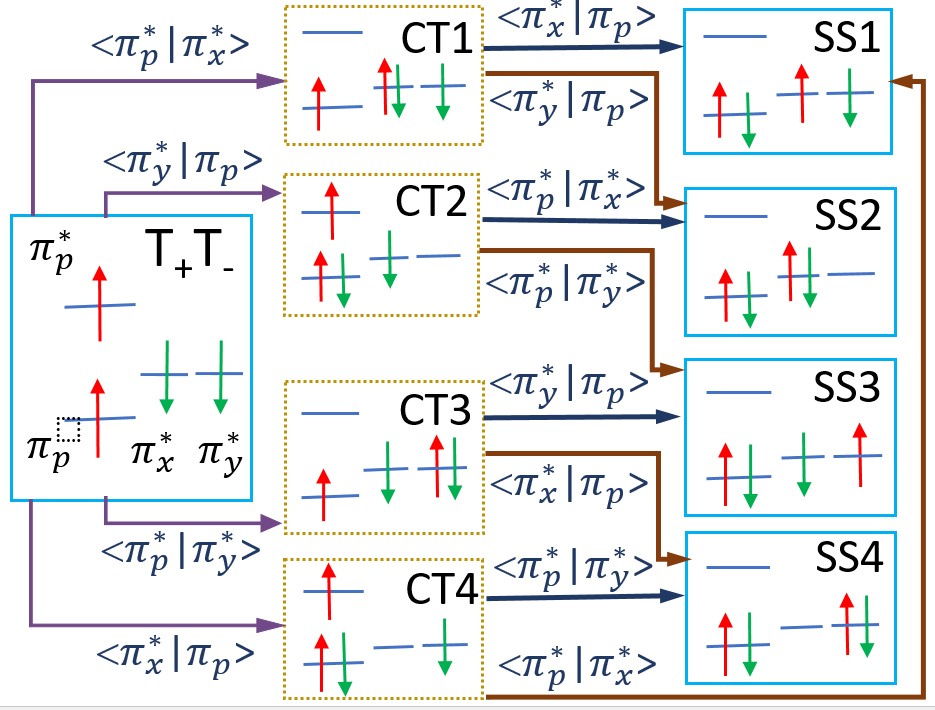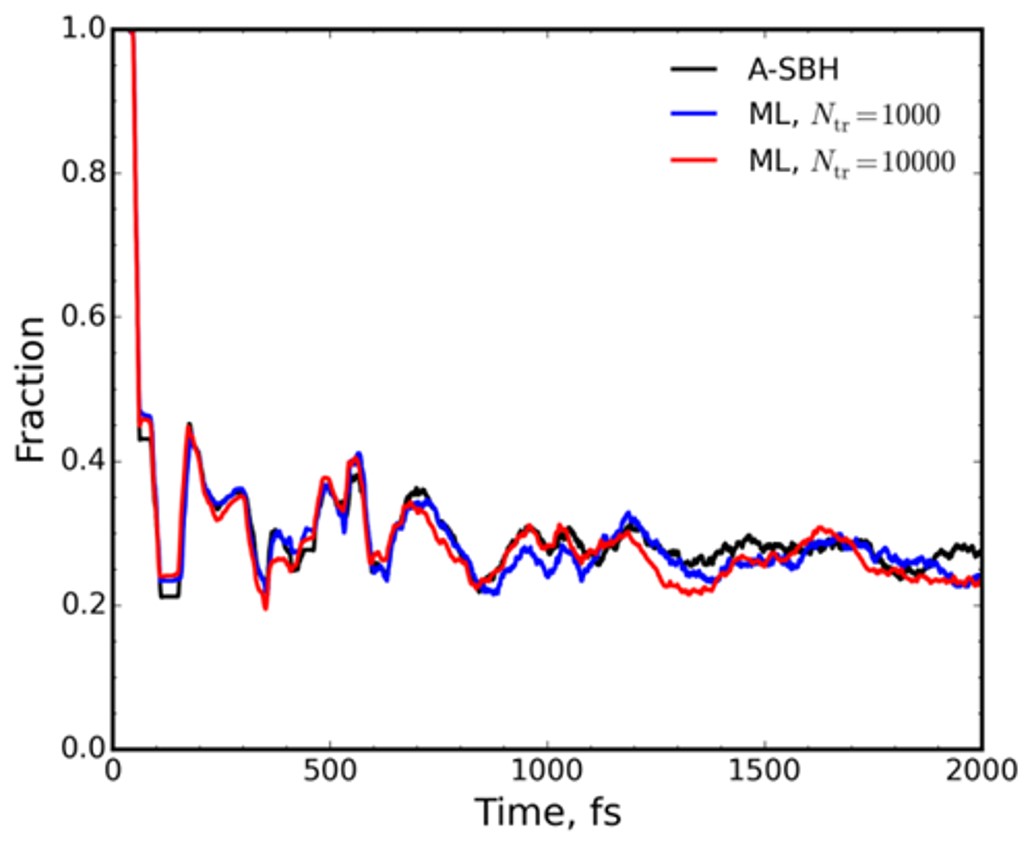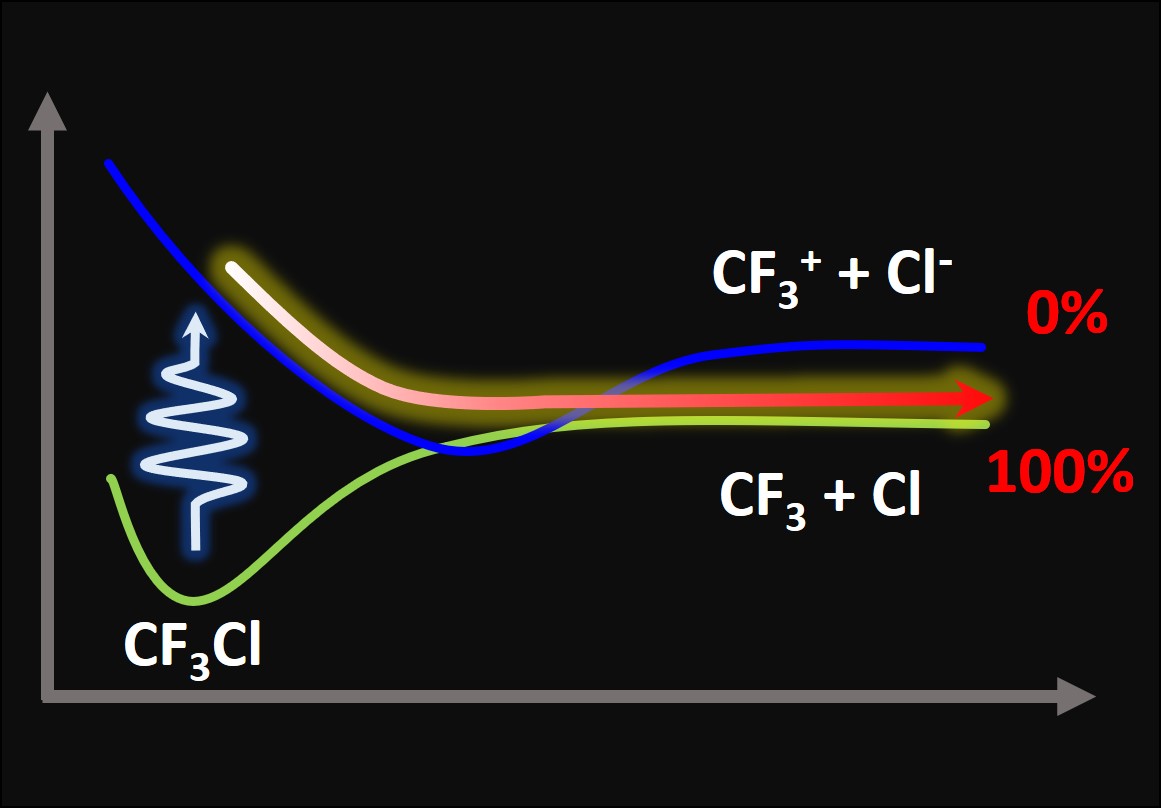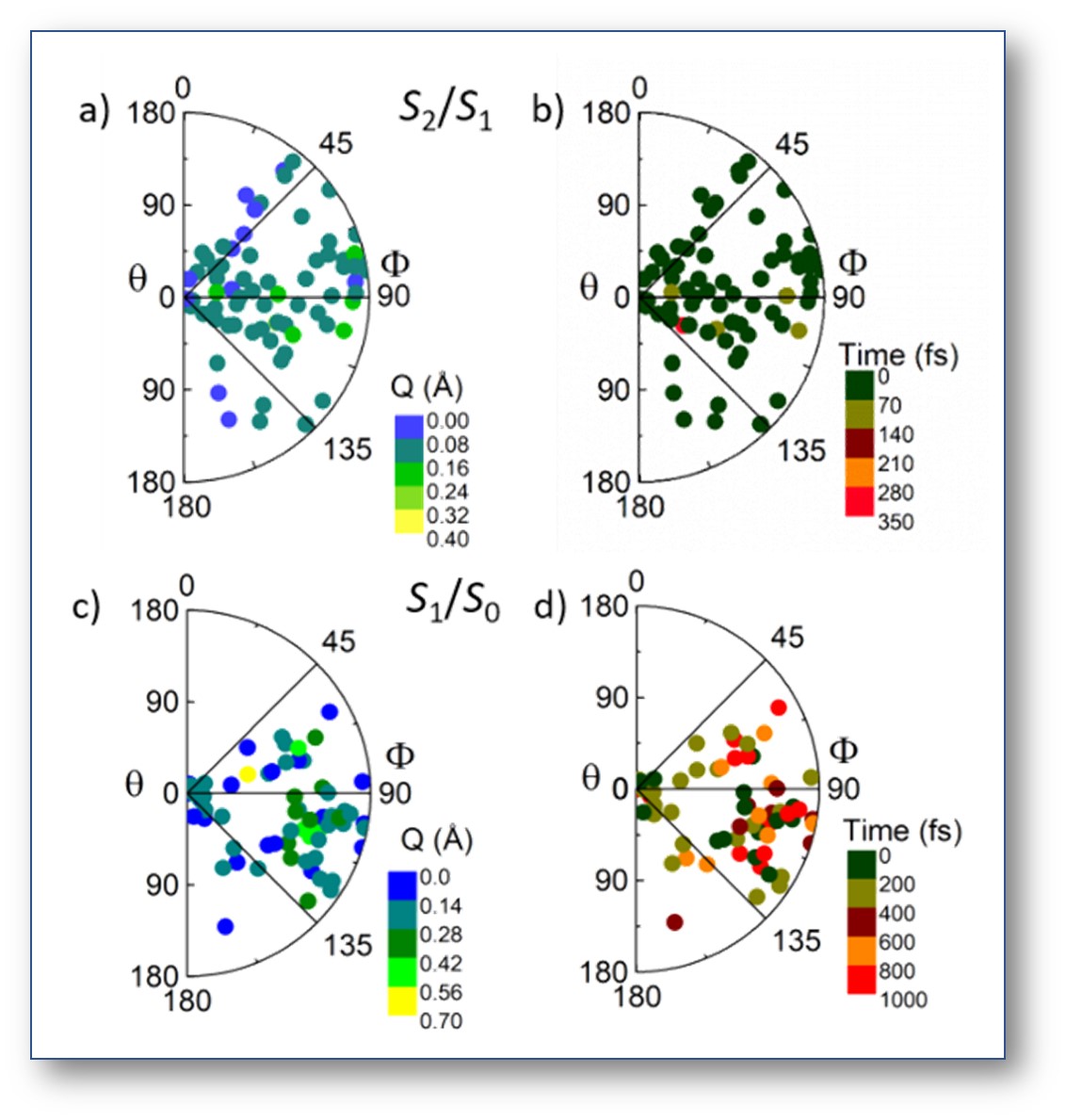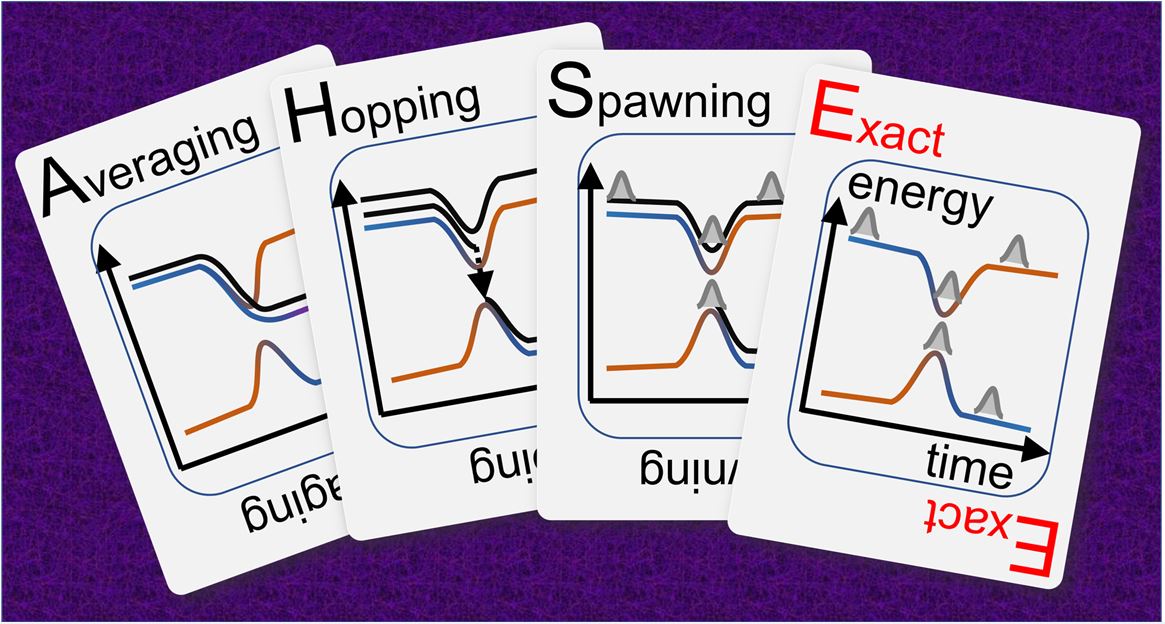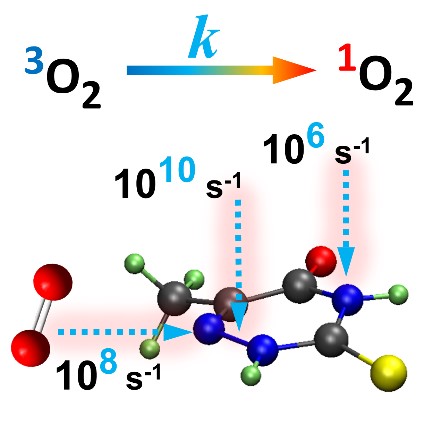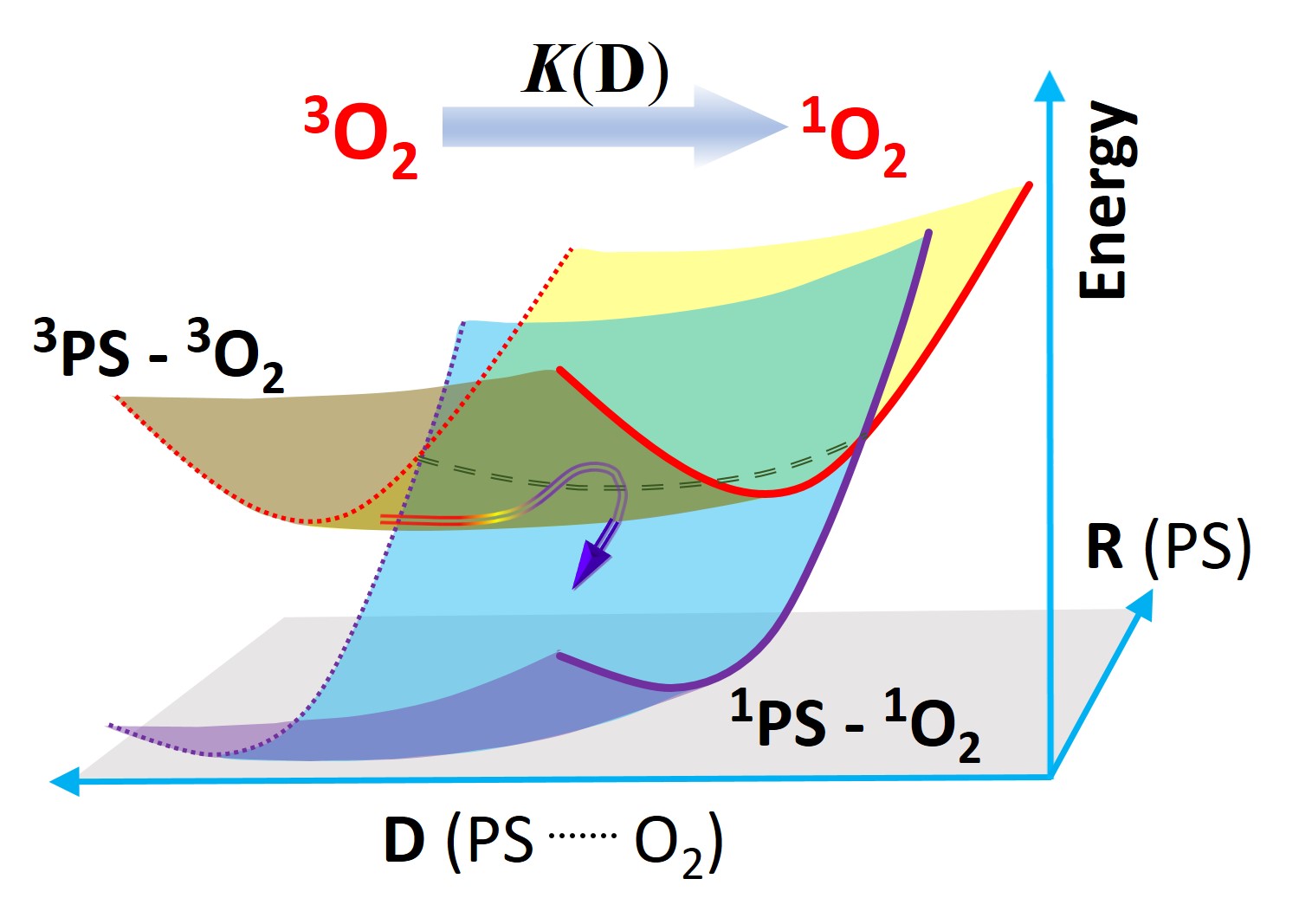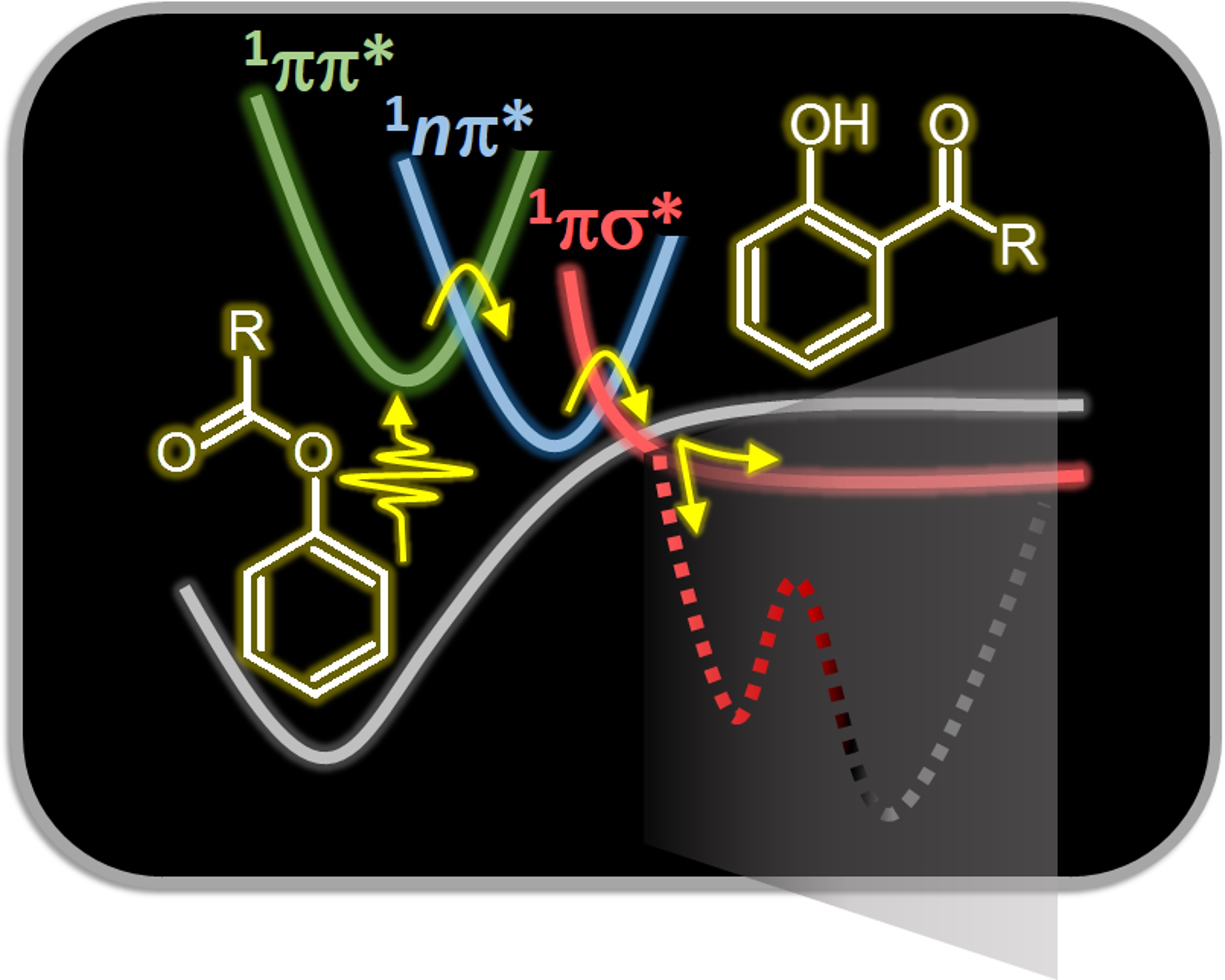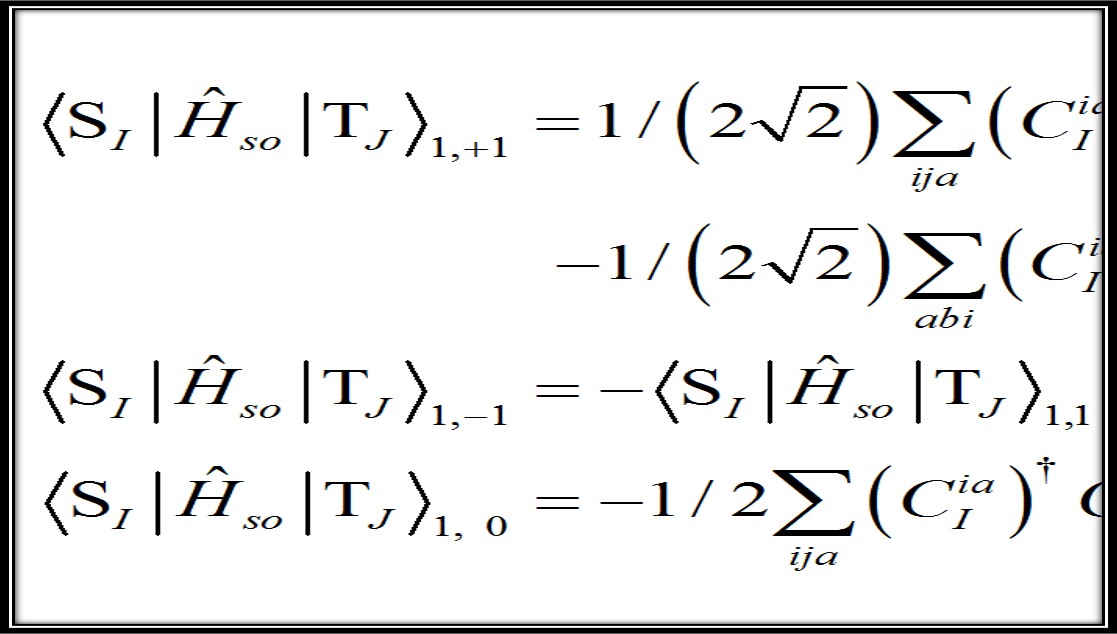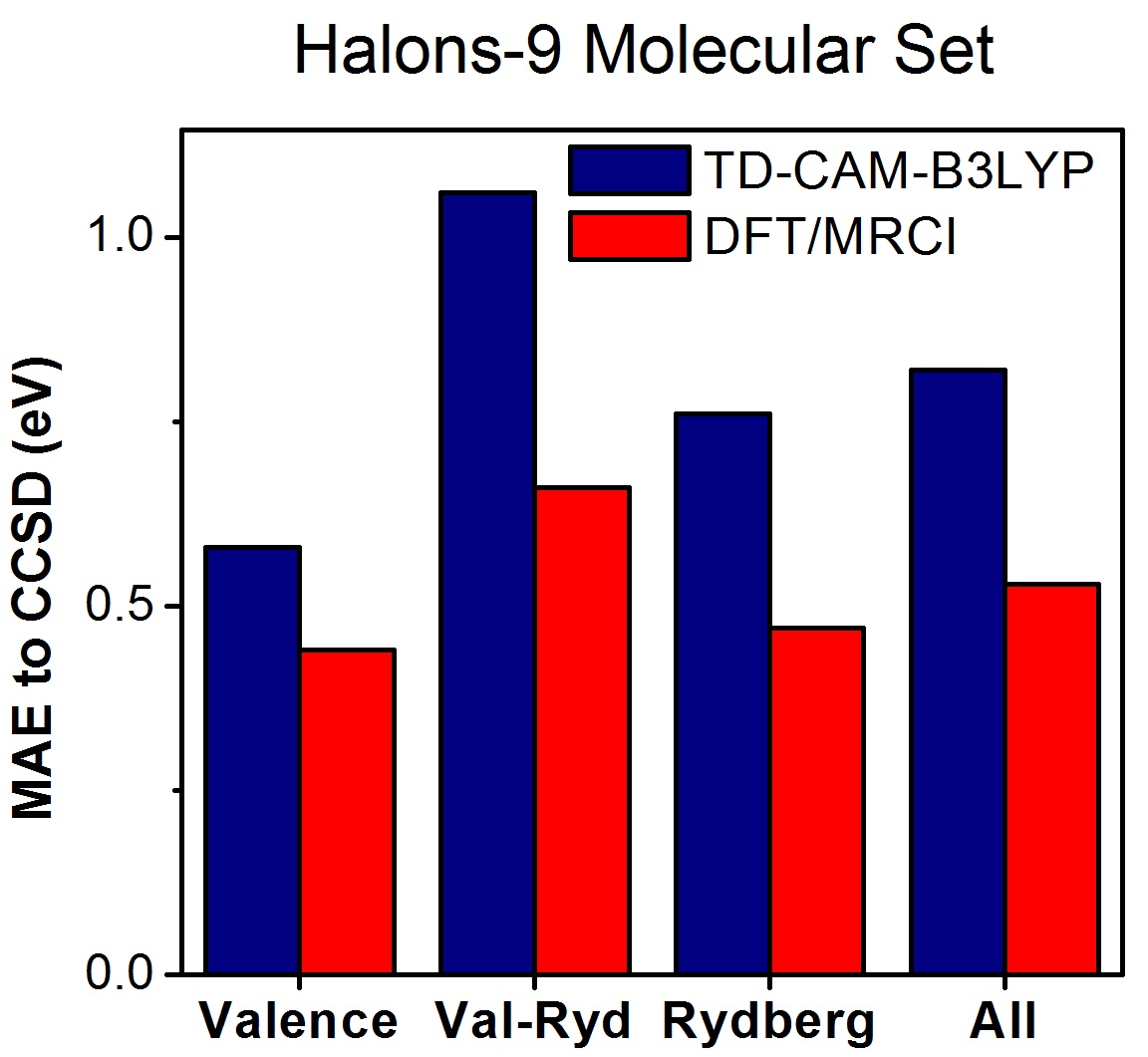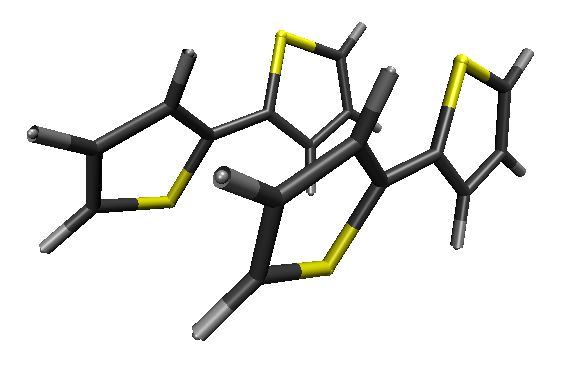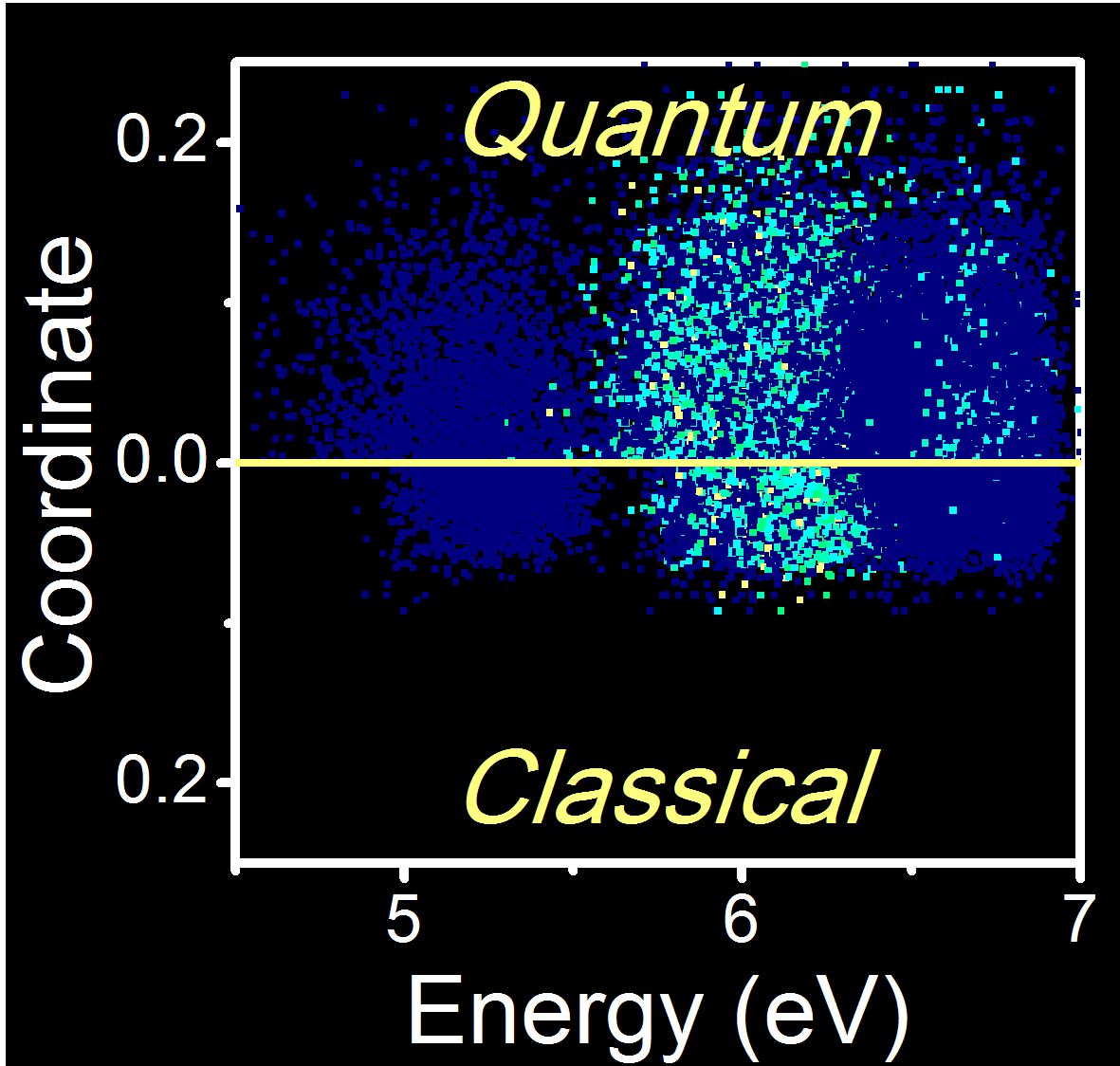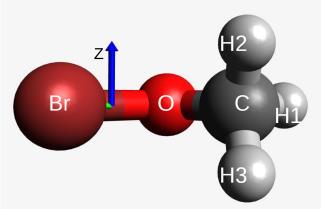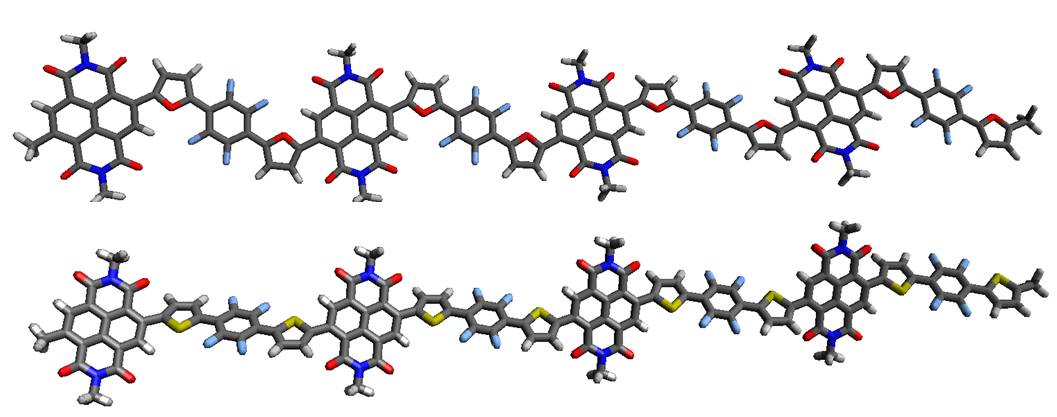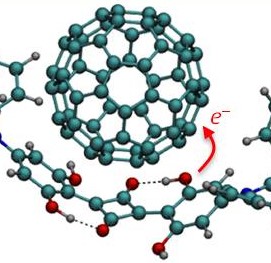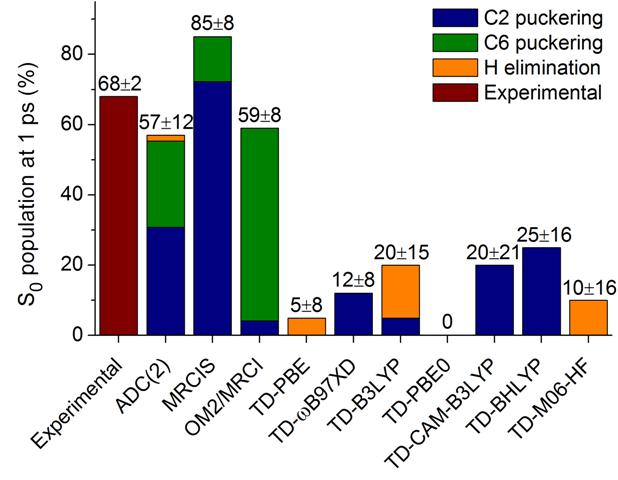Review
When Theory Leads the Way: Chemistry’s Quiet Revolution
A celebration of molecules imagined before they were seen.
Machine learning
Active Learning Potentials for Photophysics
A new AI-powered protocol learns excited states with accuracy that finally makes it practical.
Photochemistry and photophysics
Molecular Heaters: A Smart Way to Warm Crops
How molecular technology could help plants resist the cold.
Organic photodevices
On the Ultrafast Dynamics of DPP Dimers
Hydrogen migration quickly kills DPP dimer’s excited states.
Organic photodevices
Shedding Light on Pyrene Excimers
TD-DFT and Machine Learning together decipher the competition between thermal relaxation and photoemission.
Machine learning Methods and Software
A Simple Solution for Machine Learning of Vector Quantities
Effortlessly achieve rotationally invariant machine learning of vectors with the rotate-predict-rotate (RPR) method.
(more…)Methods and Software
Software ecosystem for surface hopping in Python
Quantum mechanical and machine learning dynamics with MLatom
(more…)Photochemistry and photophysics
The reason ISC is faster in seleno- than in thioguanine
Hint: it isn’t only about SOC!
(more…)Photochemistry and photophysics
Cyclobutanone Prediction Challenge
How well can nonadiabatic dynamics forecast an experiment?
(more…)Photochemistry and photophysics
Non-Kasha fluorescence of pyrene
Simulation confirms pyrene spectral shoulder is from non-Kasha emission.
Review
Excited-state dynamics with machine learning
Book chapter discusses practical aspects of how to use ML for exited-state dynamics.
Organic photodevices
Using π electrons to control doubly-excited states
Energetic stability of doubly-excited states depends on the number of π electrons.
Quantum chemistry
Ultrafast internal conversion without energy crossing
Theory shows conditions for having sub-ps lifetime without conical intersections.
Methods and Software
Surface hopping with polarizable force fields
Newton-X, G16, and Tinker together for TDDFT/LR-AMOEBA dynamics.
Photochemistry and photophysics
H-bond’s role in adenosine’s photophysics
H-bond promotes ring-puckering in adenosine.
Photochemistry and photophysics
Ultrafast internal conversion at large energy gaps
Dynamics simulations show 100-fs internal conversion at 0.5-eV gaps.
Methods and Software
Choosing the right molecular machine learning potential
This article offers a lifeline for those lost in the sea of molecular machine learning potentials.
Quantum chemistry Review
TDDFT: from the fundamentals to nonadiabatic dynamics
Book chapter delivers a “best-practice” guide on TDDFT.
Quantum chemistry
Why Are Vertical Excitations and Band Maxima Shifted?
Shift between Vexc and Bmax is caused by frequency changes.
Organic photodevices
Nonadiabatic Dynamics of Anthracene-Tetracyanoethylene Complex
Protic environment creates an ion-pair CT ground state.
Photochemistry and photophysics
Boosting Charge Transfer in an Organic Photocatalyst
Attaching an electron donor group to the chromophore can speed up electron transfer.
Organic photodevices
Biazobenzene ring shows strong stereoselectivity upon photoexcitation
Cyclobiazobenzene twists clockwise in three out of four UV excitations.
Research project
BoostCrop: Light for Food Security
A European team has been commissioned to develop a substance to protect crops against cold stress.
Photochemistry and photophysics
Photodissociation of cyclohexadiene with CASPT2 dynamics
Paper sets a new gold-standard for surface hopping.
Research project
SubNano ERC AdG 2019
I’ve been awarded an ERC AdG to develop methods for ns nonadiabatic dynamics.
Photosensitization and singlet oxygen Quantum chemistry
Spin-Exchange Internal Conversion (SEIC)
Simple proxies can predict diabatic and nonadiabatic couplings.
Methods and Software
Nonadiabatic Dynamics with Machine Learning
Machine learning can reduce dynamics cost by a factor of ten.
Atmospheric photochemistry
Photochemistry of CFC-13
Anomalous charge quenching of CF3Cl is caused by internal conversion.
Photochemistry and photophysics
Dynamics of UV-Excited Thymine-Water Cluster
UV radiation triggers water evaporation within 30 fs.
Review
Multireference Approaches for Excited States of Molecules
Paper reviews multireference methods and applications to molecular excited states.
Review
Advances in Nonadiabatic Mixed Quantum-Classical Dynamics
Paper reviews the last ten years of developments in nonadiabatic dynamics.
Photosensitization and singlet oxygen
Singlet Oxygen: Rates Strongly Depend on Geometry
Simulations show how to maximize reaction rates for singlet oxygen generation.
Methods and Software
A Kinetic Model for Singlet Oxygen Photogeneration
Reaction rates for energy transfer calculated from first principles.
Photochemistry and photophysics
Three-state Model for the Photo-Fries Rearrangement
Photo-Fries rearrangement plays a central role in organic synthesis. But how does it really work?
Photosensitization and singlet oxygen
On the Decay of the Triplet State of Thionucleobases
Double-well shaped triplet state in thionucleobases can be used to tune singlet oxygen yields.
Quantum chemistry
What’s the Biggest System We Can Do Dynamics?
Want to do dynamics? This is how much it’ll cost.
Photochemistry and photophysics
Tailoring Schiff Bases Photoswitching
Dynamics reveals how to design chemical substitutions to control proton transfer efficiency.
Methods and Software
Spin-Orbit Couplings Based on Density Functional Theory
PySOC, a new program for fast and flexible computation of spin-orbit couplings.
Photochemistry and photophysics
Revisiting the Excited State Dynamics of Thymine
So far, the long lifetime of UV-excited thymine has been explained in terms of trapping in the second excited state. Simulations with electron correlation shows this hypothesis doesn’t hold.
Atmospheric photochemistry Quantum chemistry
The Halons-9 Molecular Set
A new molecular set composed of small haloorganic compounds shows that popular computational methods may have errors of about 0.8 eV.
Photochemistry and photophysics
Guanidinium: A New Analytical Tool to Detect Anions
Chromophore-guanidine compounds can be used as selective anion sensors.
Photosensitization and singlet oxygen
Explaining the Photophysics of Thiothymines
Why does replacing different oxygens of thymine with sulfur cause distinct absorption and intersystem crossing?
Organic photodevices
Organic Photovoltaics: Make Light, Not Heat
A new approach based on dynamics simulations is proposed to boost the efficiency of organic photovoltaics.
Methods and Software
Sampling Initial Conditions for Dynamics and Spectrum
Wigner distribution or ground-state trajectories, what is the best way to sample initial conditions for excited-state dynamics? (more…)
Atmospheric photochemistry
Photochemistry of Methyl Hypobromite
Excited states of bromites are true challenges for theoretical chemistry. It’s time to face them. (more…)
Excited state proton transfer Quantum chemistry
Stepwise Proton Transfer Is Not Possible in 7-Azaindole Dimer
Topographical analysis of the dimer’s excited state shows that internal conversion after first proton transfer blocks the stepwise process.
